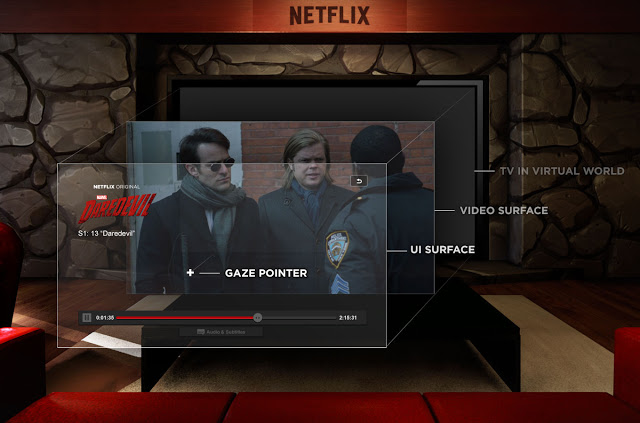It has been a very big week for virtual reality (VR), with major announcements that could, finally, lead to the adoption of the technology by consumers at large.
The first consumer-focused VR headset was announced at the Oculus virtual reality developer conference–the Gear VR will come from a partnership between smartphone giant Samsung and Oculus VR. The headset is expected to cost $99 when it launches in November–a price point that will certainly make the device appealing to gamers and entertainment aficionados alike. The Gear VR 2015 will need a compatible smart device to supply the sensors and visual output (the announced devices included the Samsung Galaxy S6, Galaxy S6 Edge, Galaxy S6 Edge+, and Note 5).

Oculus is not the only company with plans to bring VR to the masses. HTC is partnering with game-maker Valve with plans to release a competing headset, the Vive, later this year, and Sony is working on PlayStation VR. Of course, Oculus has plans for a more advanced VR headset, the Rift, that will work with computers when it’s released early next year.
While the upcoming hardware and the initial experiences may be enough to get virtual reality headsets into the hands (or eyes) of the masses, there is one critical part missing to keep the devices active: fresh content. Fortunately for the platform, two major supporters have stepped in to provide content through VR: Netflix and Hulu. Additionally, Hulu has said it will be producing original content and curating films for VR platforms, beginning with a short film as a bonus feature for series RocketJump: The Show.
A year ago, I had a short list of the top things that I felt Gear VR needed to be successful. One of them was Netflix. Despite all the talk of hardcore gamers and abstract metaverses, a lot of people want to watch movies and shows in virtual reality.
— Oculus CTO John Carmack on Netflix’s blog.
Hulu’s virtual reality application will feature full environments that will allow subscribers to stream the service’s 2D library in a virtual setting as well as original VR content. The app is expected this fall, but the platforms running it have not been announced.

Virtual reality is getting the attention that it’s potential deserves and it does appear that development of the platform is getting ready to deliver on that promise. The big question remains: Will the common consumer embrace the technology in large enough numbers to support further development? It might…